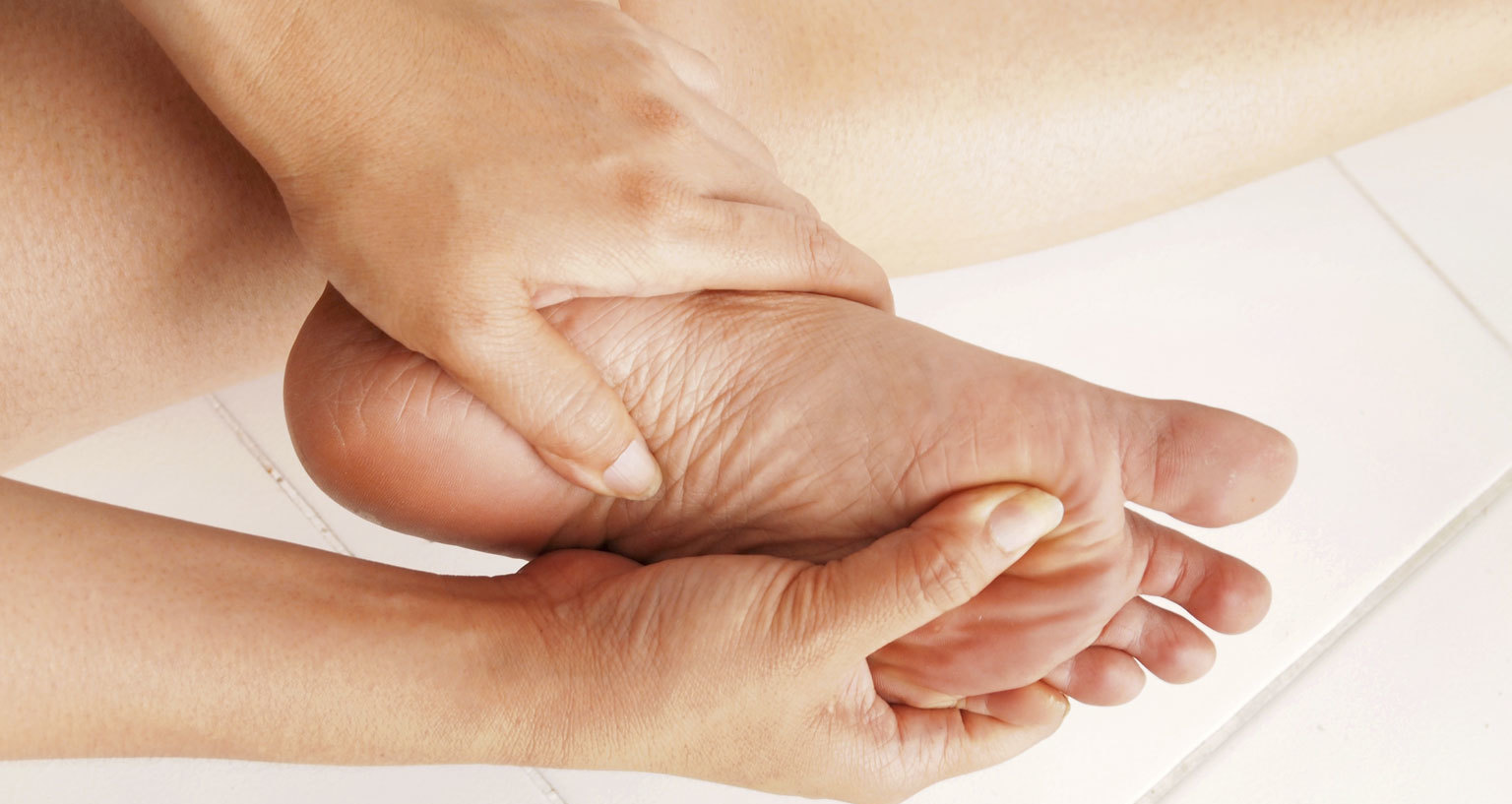Plantar Heel pain
Heel pain is the commonest condition seen in Podiatric clinical practice and it is one of the reasons why Mark chose to undertake his Masters thesis on specific injection techniques to deal with this problem area.
There are multiple treatment pathways for this condition and this highlights the complexity of managing this condition.
There are are many terms that refer to plantar heel pain and these include;
Plantar fasciitis
Plantar fasciopathy
Heel spur
Fat pad syndrome
Policemans Heel
After an appropriate working diagnosis it is key to successful management that the care pathway is clearly defined so both clinician and patient can understand the time frame attached to treating the condition and the expectations of treatment.
Many patients with plantar heel pain have experienced symptoms over many months and critiquing previous treatments is also an important factor in understanding how and why some of these interventions may not have worked and to explore the most appropriate way forward.
The key considerations for dealing with plantar heel pain can be subdivided into distinct subsections.
Mechanical:
The plantar heel structures (plantar fascia / plantar fat pad / heel bone) are subject to repetitive stresses with our weight bearing activities due to the anatomical role of these structures.
Interventions such as orthoses (insoles)/ taping and footwear have the ability to modify these mechanical forces acting on these heel structures and are crucial in allowing the tissue to recover.
Soft tissue length & strength:
For a specific subcategory of heel pain, looking at how much load these heel pain structures can carry is important and you may be a candidate for a foot and ankle strength program.
Similarly, there is a sub category of patient that may respond to a tissue length program and these sub categories can be identified during a consultation session.
These treatment pathways are influenced by multiple factors and also the objectives of patients that may be wanting to return to their sports or be able to work without pain, or simply want to be able to walk around day to day without symptoms.
Anti inflammatory or pro inflammatory (what do I need?)
There are a number of options for working with the current state of the symptomatic heel, these include anti inflammatory interventions such as medication / cryotherapy / steroid injections.
There are also interventions that have a pro inflammatory effect and these include shockwave and differing types of injectables. (injection techniques).
These management options can be discussed during your consultation to understand if they have a role to play in your particular condition and how the interactions between these treatment options alongside the mechanical factors work together.

Imaging:
If you have had plantar heel pain for an extended period of time the option of imaging may be discussed. The allows us to look at the specific structures around the heel in more depth with the use of MR or Ultrasound scans.
Imaging can be arranged to suit your schedule and once the report is available we can discuss the findings in context with the clinical assessment tests that we would carry out during your initial consultation.
If you wish to discuss your heel pain and understand the potential treatment options available to you then please contact us to arrange a consultation where we can explore your specific condition.
No one treatment will solve most heel pain presentations, it is a combination of key factors above that will lead to a successful outcome.

